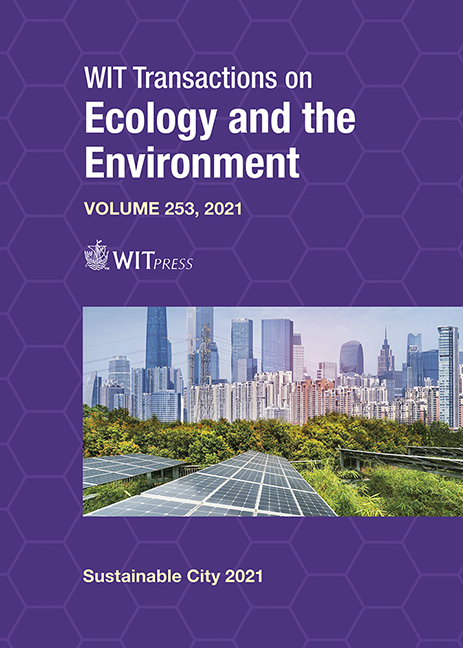EXPLORING AN INTEGRATED PATHWAY FOR SUSTAINABLE URBAN DEVELOPMENT OF REFUGEE CAMP CITIES AND INFORMAL SETTLEMENTS
Price
Free (open access)
Transaction
Volume
253
Pages
14
Page Range
37 - 50
Published
2021
Size
1,423 kb
Paper DOI
10.2495/SC210041
Copyright
Author(s)
MAHESH KESWANI
Abstract
More than half the world’s population live in urban areas, and this number is expected to increase substantially by 2050. It, however, does not include temporary settlements stemming from forced displacement, now housing 82 million people worldwide. In many ways, refugee camps and cities face similar population dynamics, social issues, and environmental challenges such as the sustainability of resources, food security, sanitation and water management, sustainable energy, and waste disposal. But informal settlements, like Kutupalong Refugee Camp (KRC) in Bangladesh with almost a million displaced people, continue to slip through the cracks. Planners must acknowledge and plan for these urban settlements building their own organizational structures and economies. This paper reflects on whether the established principles of urbanism can form the basis of long-term developmental planning in spaces of refuge. It evaluates refugee camp cities through the lens of five urban dimensions and investigates innovative and integrated approaches to fill identified gaps. Two case studies undergo a meta-analysis from a “humanitarian urbanism” perspective to understand the process through which they are growing (KRC, Bangladesh) or have evolved (Amman, Jordan). Given the recurring nature of forced migration and burgeoning urbanization challenges of this century, the discussion hopes to spawn viable multiscale and multidimensional interventions in the future.
Keywords
refugee camp-city, informal settlements, humanitarian planning, urbanization, sustainable development





